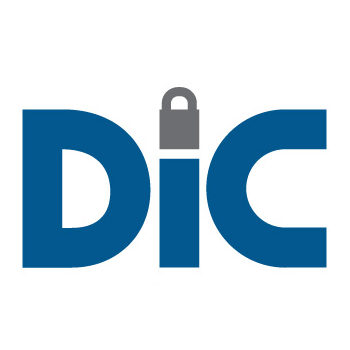The DIC determines from the records of the institution how much a depositor should be paid, based on the principal balance on account with the institution, along with interest accrued up to the date of the institution’s closure. If this amount is not what the depositor expects to receive, the depositor must then provide proof to the DIC to substantiate his or her claim.
Frequently Asked Questions
- Is the depositor required to produce proof of ownership to the DIC or to the transferee institution?
- When is the Liquidator appointed?
- If two or more persons, for example a husband and wife, have, in addition to the individually owned accounts of each, a valid joint account in the same insured institution, is each account separately insured?
- How is a depositor notified of the date and place of payment of his or her claim after an institution is closed?
Did You Know?
- Misconception: Depositors of a failed member institution have an unlimited time within which to make a claim on the Fund. - Fact: Depositors are granted a 12 month window in which to make a claim after which they can claim against the estate of the failed member. After the passage of 12 months, claims can only be made against the estate of the failed member institution payment for which would depend …




